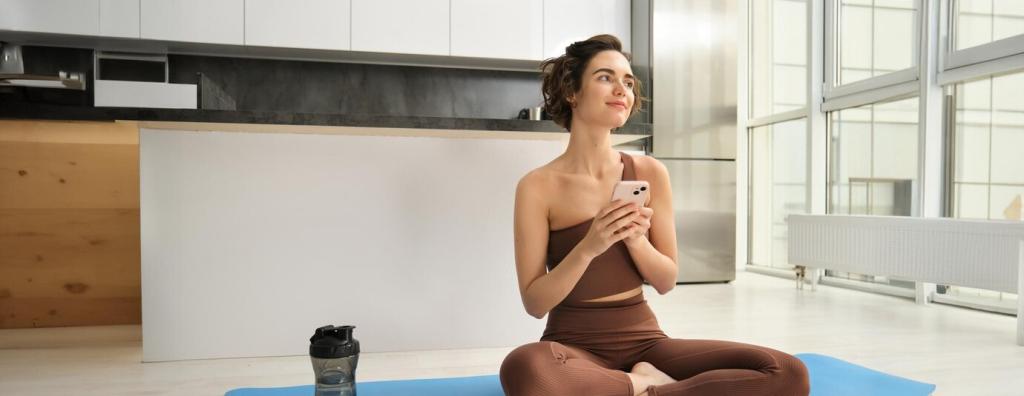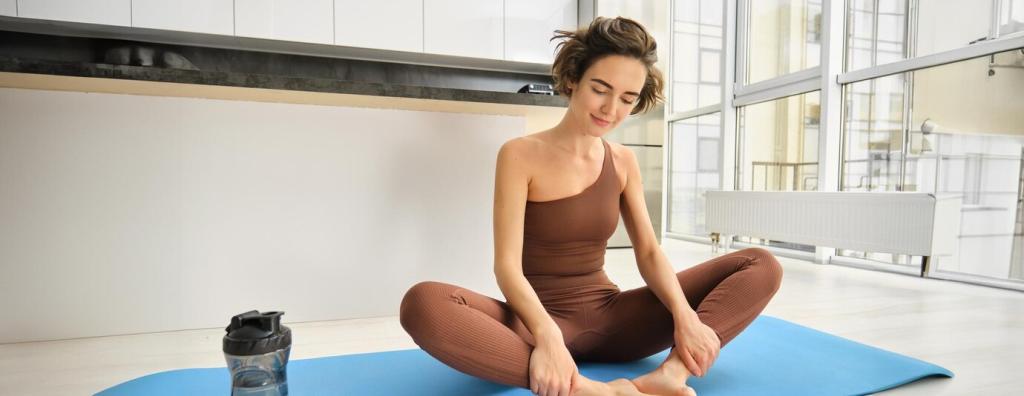Understand Stress Through a Mindful Lens
When stress surges, the sympathetic system primes you to react quickly. Mindful breathing and gentle poses stimulate the parasympathetic response, often through vagal pathways, softening heart rate and muscle tone. Notice your body’s signals today and share one sign you feel during overwhelm.
Understand Stress Through a Mindful Lens
Stress hijacks attention, feeding rumination. Anchoring awareness on the breath or sensations steadies the mind, reducing mental noise and reactivity. Research suggests short, regular mindfulness can lower perceived stress. Try two quiet minutes now, then tell us how your focus shifted.




